How to Create an Outline in 7 Steps
by Amanda Spencer, Managing Editor
Our writers can write just about anything you need, as long as they know what you’re looking for! That’s where an outline comes into play: an organized outline lists the main points of your blog post or article, giving your writer a clear path to follow. It’s an important “building block” to produce a great piece of writing.
Follow these seven easy steps to create a working outline so your writer can get started on your piece. (Or, if you would like HeadStart to set up a call and write the outline for you, please reach out to us.)
Some important pre-work: Create a vision statement
What is your vision? Answer these questions:
- What type of piece is it? [blog / whitepaper / email / landing page etc.]
- Where will it be published?
- What is the piece about?
- Why is this topic important? What are you describing / explaining?
- What’s the key takeaway readers will have after reading the piece?
For example:
- This is a blog post.
- It will be published on our company website.
- It is about using AI to generate marketing copy.
- This topic is important because while AI tools seem to be everywhere, many people have questions about using them.
- After reading this blog post, readers will have a better understanding of both the benefits and risks of using AI tools to generate marketing copy.
1. Introduction: Now you can get started on your outline by rephrasing your answers into a working introduction:
“This blog post, published on our company website, is about using AI tools to generate marketing copy. I want to explore the different types of AI tools available to marketers and what they offer. I’d like to support marketers by helping them understand the risks and benefits of using AI tools.”
Here’s what your draft introduction might look like in the final version:
“Many content marketers have embraced AI tools to write their marketing copy. But is this the best approach? This blog post highlights the benefits and risks of using AI tools to help you make the best decision for your business.”
2. First main idea: For main ideas, aim for a statement or opinion rather than a topic. More detail is always better. Including specific URLs for reference if possible. For example:
- The number of AI tools has exploded in recent years
- List the different types of AI tools available
- AI-powered SEO tools / content creation tools / analytics and reporting tools / email marketing tools
- Second main idea:
- AI tools offer many benefits for marketers
- Saves time / automates repetitive work
- Summarize existing content to highlight key points
- Repurpose existing content into new formats
- Third main idea:
- AI tools also pose some risks
- Need to confirm accuracy of output: does it really save time?
- If used for content generation, does the output truly reflect your company’s voice and style?
- Conclusion: Think about how you would sum up the blog post in one or two sentences. What main idea(s) do you want the reader/customer to take away from reading the post? For example:
- AI tools offer a great deal of convenience, but they’re not without risks
- If you decide to use them, make sure you’re aware of all the possible implications
- Call to Action: What do you want the reader/customer to do? For example:
- Contact us for more information about how we can help.
- Download this whitepaper to learn more about AI tools for marketers.
- Working Title: Now that you have a preliminary outline, you may find it easier to come up with a working title that relates to the main point you want to make.
- AI Marketing Tools: Which Ones Are Right for You?
- How To Find the Best AI Marketing Tools for Your Business
photo credit: markus119 . via photopin (license)
All PostsSome
Clients





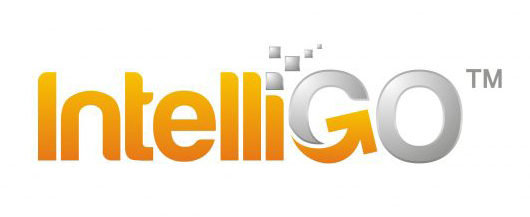




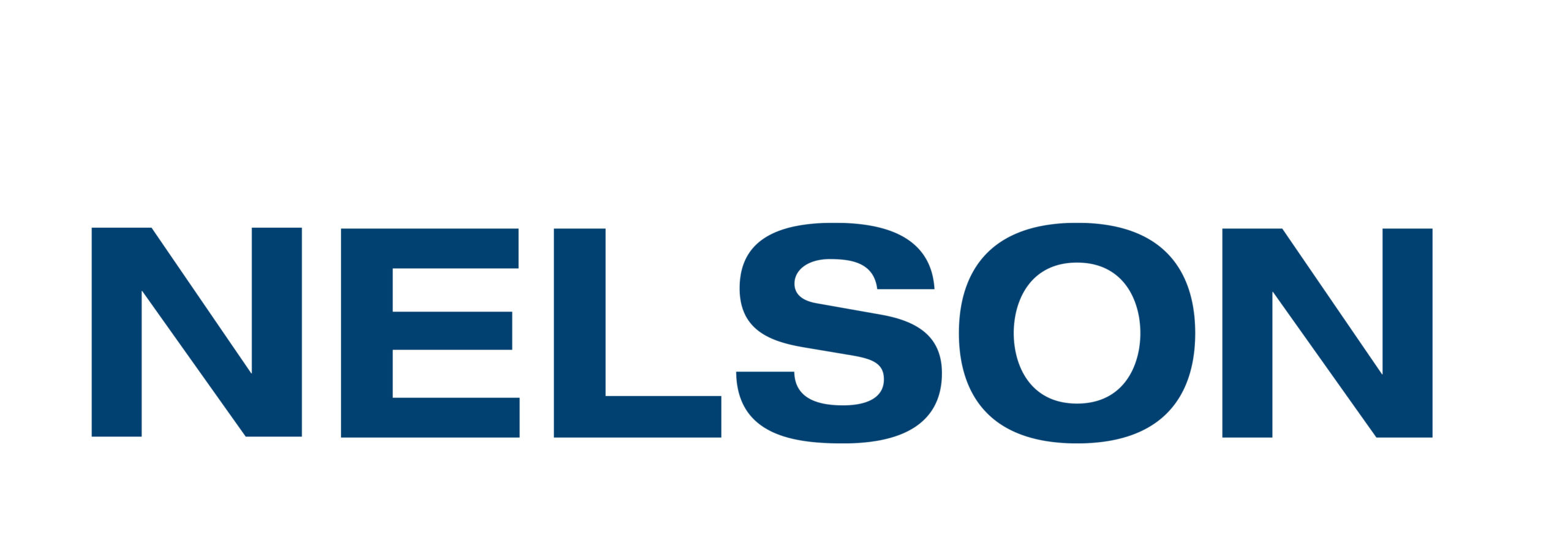
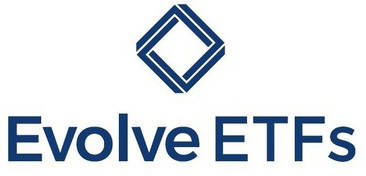




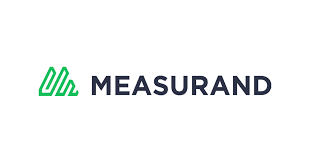
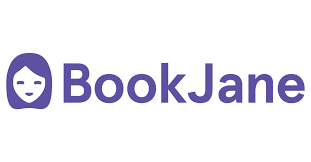
















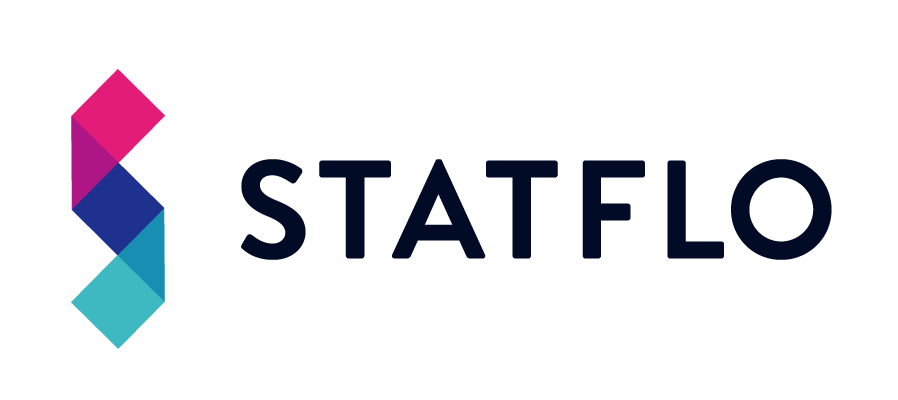

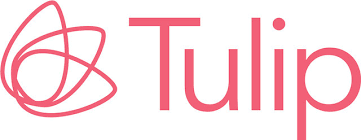


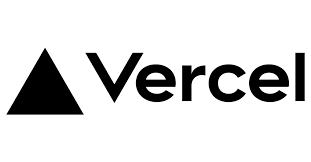








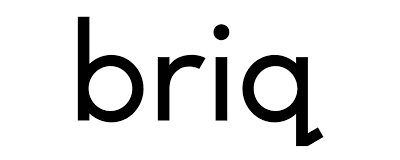

LET’S TALK!
HeadStart is an extension of your team to help you finish your content projects. Call 1.416.712.4440 or contact us.


